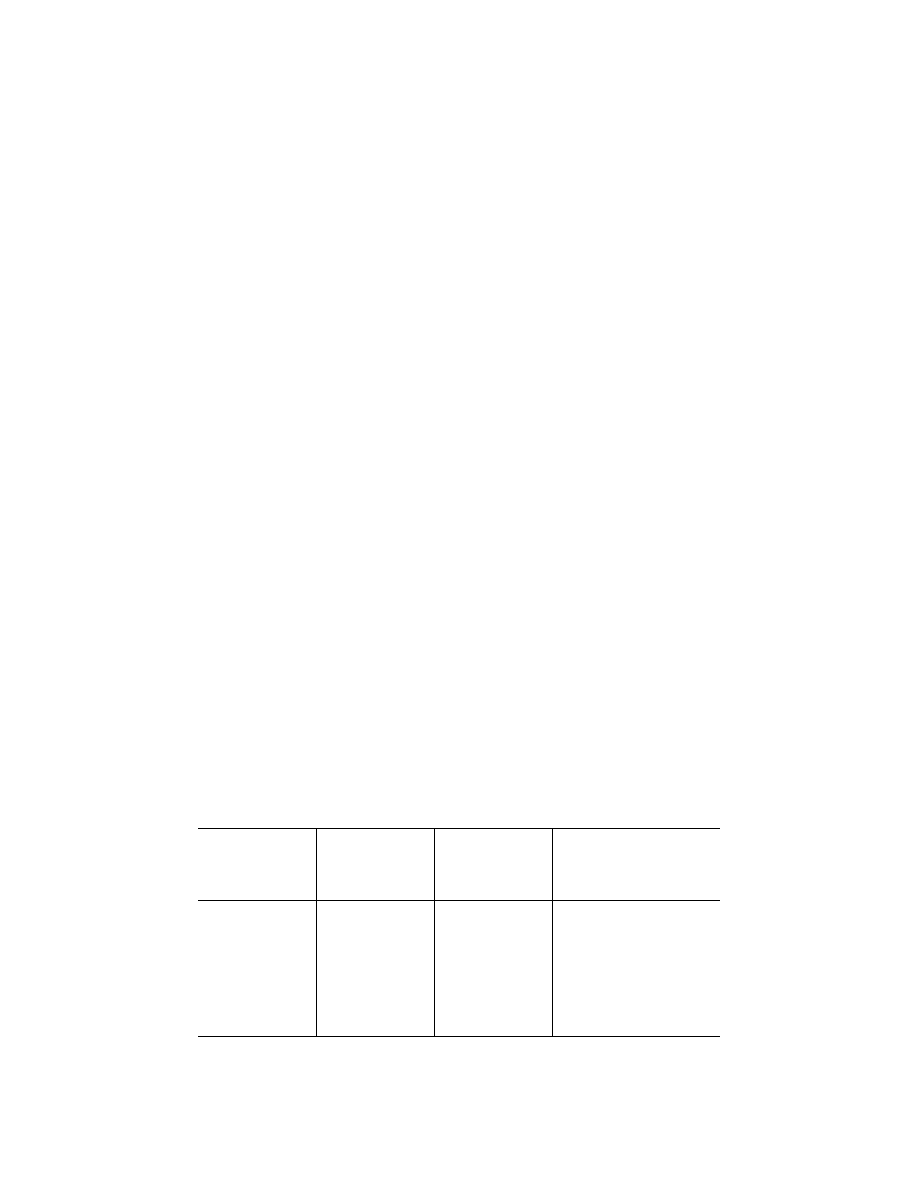
838
49 CFR Ch. I (10–1–18 Edition)
§ 175.75
loaded in an accessible manner. Addi-
tionally, a package is considered acces-
sible when transported on a cargo-only
aircraft if it is:
(i) In a cargo compartment certified
by FAA as a Class C aircraft cargo
compartment as defined in 14 CFR
25.857(c); or
(ii) In an FAA-certified freight con-
tainer that has an approved fire or
smoke detection system and fire sup-
pression system equivalent to that re-
quired by the certification require-
ments for a Class C aircraft cargo com-
partment.
(2)
Inaccessible
means all other con-
figurations to include packages loaded
where a crew member or other author-
ized person cannot access, handle, and,
when size and weight permit, separate
such packages from other cargo during
flight, including a freight container in
an accessible cargo compartment when
packages are loaded in an inaccessible
manner.
(e) For transport aboard cargo-only
aircraft, the requirements of para-
graphs (c) and (d) of this section do not
apply to the following hazardous mate-
rials:
(1) Class 3, PG III (unless the sub-
stance is also labeled CORROSIVE),
Class 6.1 (unless the substance is also
labeled for any hazard class or division
except FLAMMABLE LIQUID), Divi-
sion 6.2, Class 7 (unless the hazardous
material meets the definition of an-
other hazard class), Class 9, articles of
Identification Numbers UN0012,
UN0014, or UN0055 also meeting the re-
quirements of § 173.63(b) of this sub-
chapter, articles of Identification Num-
bers UN3528 or UN3529, and those
marked as a Limited Quantity or Ex-
cepted Quantity material.
(2) Packages of hazardous materials
transported aboard a cargo aircraft,
when other means of transportation
are impracticable or not available, in
accordance with procedures approved
in writing by the FAA Regional Office
in the region where the operator is cer-
tificated.
(3) Packages of hazardous materials
carried on small, single pilot, cargo
aircraft if:
(i) No person is carried on the air-
craft other than the pilot, an FAA in-
spector, the shipper or consignee of the
material, a representative of the ship-
per or consignee so designated in writ-
ing, or a person necessary for handling
the material;
(ii) The pilot is provided with written
instructions on the characteristics and
proper handling of the materials; and
(iii) Whenever a change of pilots oc-
curs while the material is on board, the
new pilot is briefed under a hand-to-
hand signature service provided by the
operator of the aircraft.
(f) At a minimum, quantity limits
and loading instructions in the fol-
lowing quantity and loading table must
be followed to maintain acceptable
quantity and loading between packages
containing hazardous materials. The
quantity and loading table is as fol-
lows:
Q
UANTITY AND
L
OADING
T
ABLE
Applicability Forbidden
Quantity Limitation: 25 kg
net weight of hazardous
material plus 75 kg net
weight of Division 2.2
(non-flammable com-
pressed gas) per cargo
compartment
No limit
Passenger-carrying aircraft
Cargo Aircraft Only la-
beled packages.
Inaccessible ......................
Accessible.
Cargo-only aircraft— ..........
Packages authorized
aboard a passenger-car-
rying aircraft.
Not applicable ...................
Inaccessible (Note 1) ........
Accessible (Note 2).
Cargo-only aircraft— ..........
Packages not authorized
aboard a passenger-car-
rying aircraft and dis-
playing a Cargo Aircraft
Only label.
Inaccessible (Note 1) ........
Not applicable ...................
Accessible (Note 2).
Note 1:
The following materials are not subject to this loading restriction—
a. Class 3, PG III (unless the substance is also labeled CORROSIVE).
VerDate Sep<11>2014
16:41 Oct 31, 2018
Jkt 244226
PO 00000
Frm 00848
Fmt 8010
Sfmt 8010
Q:\49\49V2.TXT
PC31